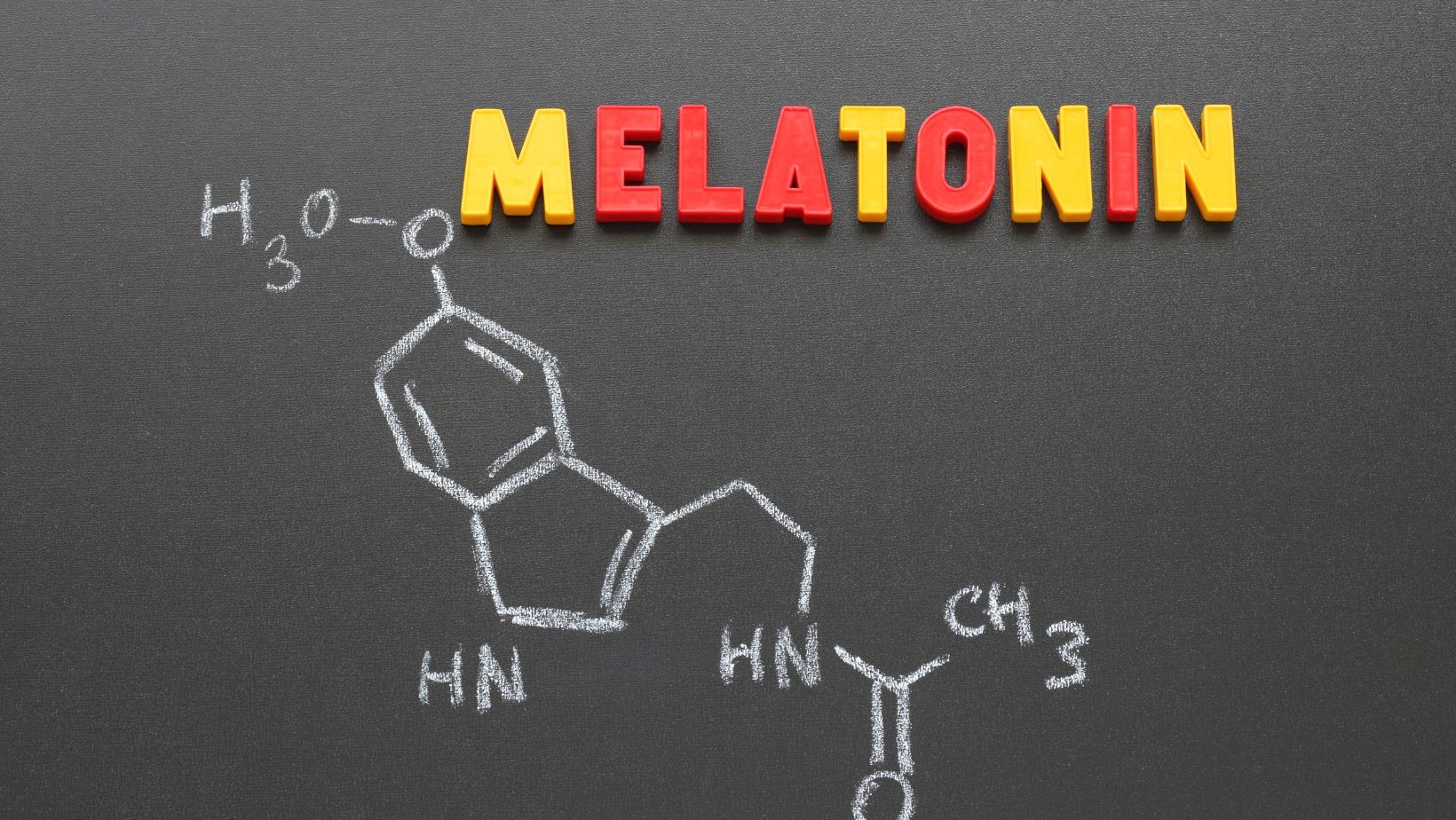
I’ve been asked many times about the dangers and risks associated with certain activities and whether there are safer alternatives available. It’s a valid concern, as we all want to prioritize our well-being and make informed choices. In this article, I’ll be discussing some common activities that may pose risks, exploring the potential dangers involved, and presenting safer alternatives that you can consider.
When it comes to our safety, it’s essential to be aware of the potential dangers that lurk in our everyday lives. Whether it’s participating in extreme sports, using certain products, or engaging in specific behaviors, there are risks involved that shouldn’t be taken lightly. Throughout this article, I’ll be shedding light on these dangers and offering insights into how to mitigate them, so you can make more informed decisions about the activities you engage in.
If you’re looking for alternatives that can provide a safer experience without compromising on the enjoyment or benefits, you’ve come to the right place. In this article, I’ll be exploring various alternatives to activities that may carry significant risks. By considering these alternatives, you can still engage in activities you love or achieve similar outcomes while minimizing potential dangers. So, let’s dive in and explore how you can make safer choices without sacrificing your interests or goals.
Can You Take Tylenol PM And Melatonin
When it comes to certain activities, it’s important to be aware of the potential dangers involved. While taking risks can be exhilarating, it’s crucial to understand the consequences that may arise. By acknowledging these risks, we can make more informed decisions and take steps to mitigate them.
One of the dangers of taking certain risks is the possibility of physical injury. Engaging in extreme sports or high-risk activities can put your body at risk of fractures, sprains, or even more severe injuries. It’s essential to prioritize safety measures, such as wearing protective gear and receiving proper training, to minimize the chances of getting hurt.
In the same way that we assess risks in physical activities, choosing the right approach to manage sleep issues demands caution. Considering sleep aids such as Tylenol PM and Melatonin requires a careful evaluation of risks. Both are commonly turned to for relief from sleeplessness—Tylenol PM for its pain-relieving properties combined with a sleep aid, and Melatonin for its role in regulating sleep cycles.
However, the decision to combine these aids should be made with careful consideration of potential interactions and side effects. Consulting a healthcare professional is essential in reducing the risks associated with their concurrent use.
Another danger is the potential for long-term health issues. Some activities, like smoking or excessive drinking, can have serious consequences for our well-being. These habits can lead to respiratory problems, heart disease, liver damage, and more.
Similarly, the habitual use of sleep aids without understanding their long-term effects, could pose a risk to one’s health. It’s beneficial to explore lifestyle changes and natural alternatives that support healthy sleep patterns as a safer approach. It’s crucial to be mindful of the long-term effects these activities can have on our health and make healthier choices.

Understanding the Risks Involved
When engaging in various activities, it’s crucial to be aware of the potential risks they carry. Understanding these risks can help individuals make informed decisions and take necessary precautions to minimize harm. Here are a few key points to consider:
- Physical Injury: Many activities, such as extreme sports or certain recreational pursuits, can pose a risk of physical injury. These injuries can range from minor cuts and bruises to more serious fractures or concussions. It’s important to assess the level of risk involved and take appropriate safety measures, such as wearing protective gear or undergoing proper training. Among the potential aftermaths of concussions, post-concussion dizziness stands out as a common and concerning symptom. Therefore, prioritizing preventive measures and seeking immediate medical attention following any head injury is crucial.
- Long-Term Health Issues: Some activities may have the potential to cause long-term health problems. For example, prolonged exposure to loud noises without ear protection can lead to hearing loss over time. Similarly, repetitive motions or poor ergonomics in certain jobs can result in chronic pain or musculoskeletal disorders. Additionally, consistent overexertion without adequate rest and recovery can lead to overuse injuries, such as stress fractures or tendonitis. Being aware of these risks can help individuals make choices that prioritize their long-term well-being.
- Financial Risks: Engaging in certain activities can also carry financial risks. For instance, investing in high-risk stocks or participating in speculative ventures could lead to significant financial losses. Understanding these risks and seeking professional advice when needed can help individuals make more informed decisions about their financial investments.
- Emotional Impact: Activities that involve high-stress levels or emotional intensity can have an impact on mental and emotional well-being. For example, working in a high-pressure environment or participating in competitive sports can lead to heightened stress levels and emotional strain. Recognizing these risks can help individuals prioritize self-care and seek support when needed.
Conclusion
Understanding the risks involved in various activities is crucial for our overall well-being. This article has highlighted the potential dangers of physical injury, long-term health issues, financial risks, and emotional impact. By evaluating the potential consequences, individuals can make informed choices and take necessary precautions to minimize these risks.
Adopting a proactive stance towards personal safety and health not only enhances quality of life but also empowers us to pursue our passions with greater confidence and security. It is through this mindful approach that we can truly thrive, even in the face of potential hazards.












